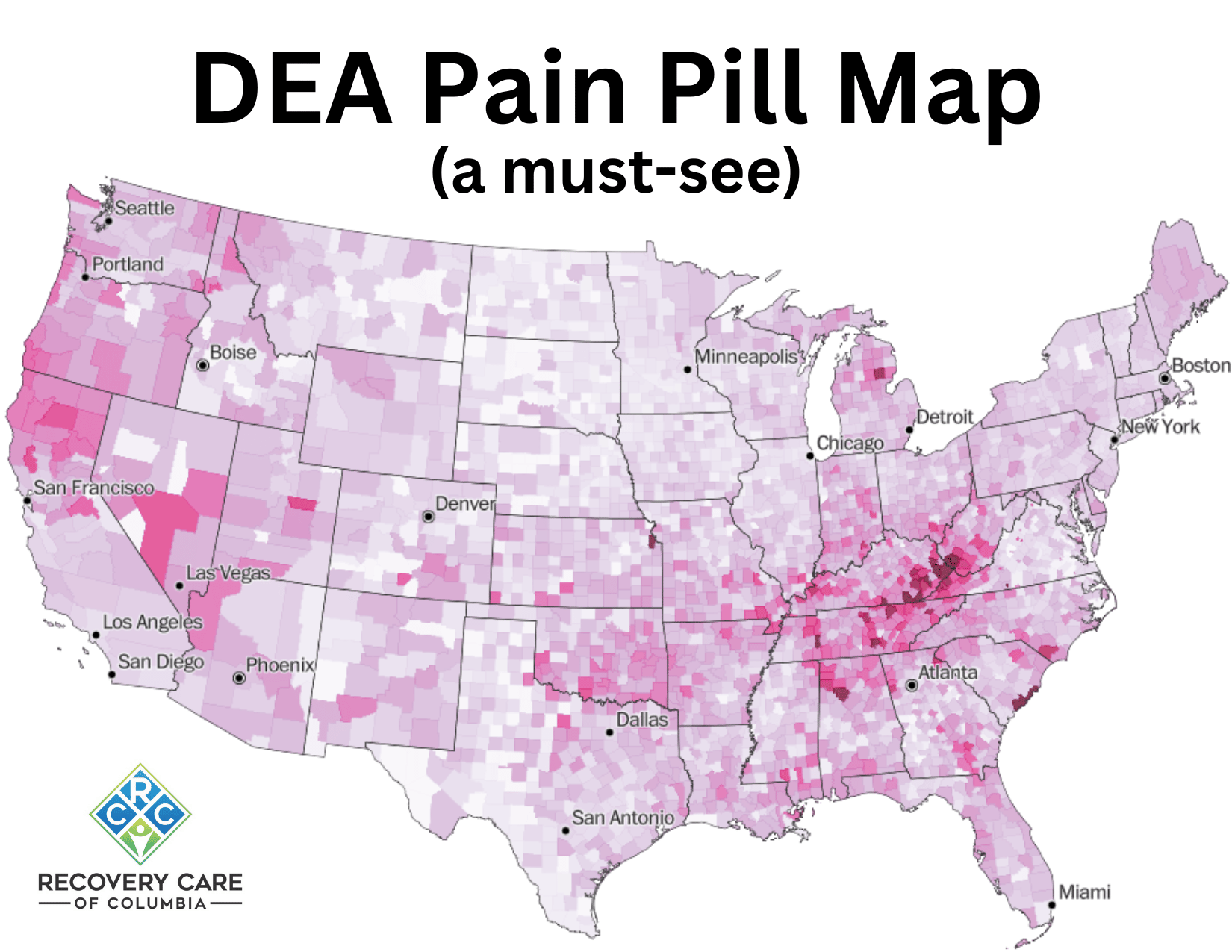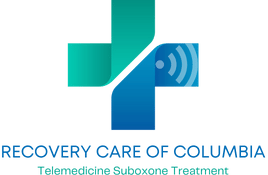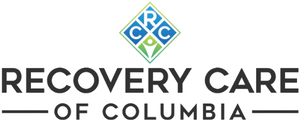Opioid Crisis Hits Tennessee Hardest According to DEA

Tennessee is one of the 50 states that has been hit hardest by the opioid crisis. In 2021, there were over 2,000 drug overdose deaths in Tennessee, and more than half of those deaths were opioid-related.
Tennessee’s Opioid Crisis Factors
There are a number of factors that have contributed to the opioid crisis in Tennessee, including:
- The overprescription of opioid pain medication.
- The availability of illegal opioids, such as heroin and fentanyl.
- The social and economic challenges that have faced many Tennesseans.
The overprescription of opioid pain medication is one of the main drivers of the opioid crisis in Tennessee. In the early 2000s, there was a widespread belief that opioids were safe and effective for treating chronic pain. As a result, doctors began prescribing opioids at much higher rates than ever before.
There have now been many documentaries exposing the pharmaceutical involvement in the opioid crisis, two of which I highly recommended watching:
- Painkiller(Netflix)
- Dopesick(Hulu)
To help understand the origin and effects that pain pill prescribing has had on the nation, the DEA began researching the number of pills that had been prescribed across the nation all the way down to the pharmacy level. This is what’s known as the “DEA Pain Pill Database”.
“The results of the DEA Pain Pill Database are astonishing.”
Using pharmacy data, the DEA compiled all of the narcotic prescription medications filled within a given date range, and whittled it down to State, County, City and even the name of the pharmacies that filled them.
The data was so compelling they were able to create a USA Map to highlight the regions most-affected by heavy opioid prescribing. This is known as the DEA Pain Pill Database Map as shown below.

The Washington Post published the DEA Pain Pill Database as well as the DEA Pain Pill Map in January of 2020.
The DEA Pain Pill Database Map
The areas highlighted in red are the areas hit hardest with opioid prescribing. At a glance of the USA Map it’s easy to see that Tennessee and Kentucky were some of the hardest-hit, and most dense as compared to most all other states.
DEA Pain Pill Database Map Highlights:
- The dense red areas of the map show the areas hit hardest by prescription pain pills
- Tennessee and Kentucky received the majority of all pain pills prescribed as compared to the rest of the US states.
- Most concerning are the many counties in Tennessee that were the hardest-hit in the entire nation (image below)

Map and data source: Washington Post DEA Pain Pill Database and Map(Note: a free Washington Post account is required for viewing)
According to many other sources, the largest increase of opioid prescribing began in the early 2000’s and continued to grow until at least 2016. Many prescriptions of which were driven by paid marketing schemes of large pharmaceutical companies like Perdue Pharma – the maker’s of OxyContin.
According to information provided in the Hulu original, Dopesick, Perdue Pharma alone may be responsible for over 250,000 deaths due to overdose from people taking the drug OxyContin.
The very heavy, misguided marketing scheme performed by Perdue Pharma led to heavy over-prescribing of opioids. This led to a sharp increase in the number of people who became addicted to opioids. Many of these people started taking opioids for legitimate reasons, such as to treat pain after surgery. However, they quickly became addicted to the drugs and found it difficult to stop taking them.
Perdue Pharma is now known as the culprit for creating the quasi-medical term, “Breakthrough Pain”. Breakthrough Pain as it were was marketing to physicians as a means to prescribe even more OxyContin when patients experienced withdrawal symptoms. These withdrawals were primarily due to OxyContin’s extended-release formula not lasting a full 24-hours as promised.
According to the Dopesick documentary, some pain management patients were experiencing withdrawals as early as 10 hours after taking extended-release OxyContin. Breakthrough Pain was used as a reason for prescribing more OxyContin.
The Availability of Illegal Opioids has Increased Substantially
The availability of illegal opioids, such as heroin and fentanyl, has also contributed to the opioid crisis in Tennessee. Heroin is a highly addictive drug that is often cheaper than prescription opioids. As a result, some people who are addicted to prescription opioids switch to heroin in order to save money.
Fentanyl is an inexpensive, synthetic opioid that is even more potent than heroin. It is often mixed with other drugs, such as heroin or cocaine, without the user’s knowledge. This can lead to fatal overdoses. Fentanyl can be 50 to 100 times stronger than morphine, making it one of the most potent opioids on the planet.
Stronger than Fentanyl – Nitazenes are 40x Stronger
Sadly, a newer drug known to be showing up on the streets of the northeast are Nitazenes. Nitazines is known to be up to 40 times stronger than fentanyl, making it up to 400 times stronger than morphine. Nitazenes are primarily sourced from China and being mixed into other street drugs, similar to fentanyl.
Social Economics Play a Role in Tennessee’s Opioid Addiction Crisis
The social and economic challenges facing many Tennesseans have also contributed to the opioid crisis. Tennessee has a high rate of poverty and unemployment. This means that many people are struggling to make ends meet and are under a lot of stress. This can make them more likely to turn to drugs, such as opioids, as a way to cope with their problems.
The opioid crisishas had a devastating impact on Tennessee. It has led to thousands of deaths, destroyed families, and cost the state billions of dollars.
There are a number of things that are being done to address the opioid crisis in Tennessee. These include:
- Increased education about the risks of opioid addiction.
- New laws to regulate the prescription of opioid pain medication.
- Increased access to treatment for opioid addiction.
The opioid crisisis a complex problem, but there are a number of things that can be done to address it. With increased awareness and education, we can help to prevent more people from becoming addicted to opioids. And with increased access to treatment, we can help those who are already addicted to get the help they need.
Fentanyl Now #1 Opioid AddictionDrug
The most common opioid people get addicted to is fentanyl. Fentanyl is a synthetic opioid that is 50 to 100 times more potent than morphine. It is often used as a pain reliever in hospitals and clinics, but it is also illegally manufactured and sold as a street drug.
Fentanyl is highly addictive and can be fatal in high doses. In 2021, fentanyl was involved in more than 70,000 overdose deaths in the United States.
In addition to naturally occurring opioids there are now many synthetic opioids being manufactured and sold on the street illegally. Here are just a few of the addiction people are facing in Tennessee:
- Heroin Addiction
- Oxycodone Addiction
- Hydrocodone Addiction
- Codeine Addiction
- Morphine Addiction
- Fentanyl Addiction
- Opana Addiction
- Hydromorphone Addiction
- Tapentadol Addiction
- Oxymorphone Addiction
- Nitazenes Addiction
These opioids can be addictive even when they are used as prescribed by a doctor. If you are taking an opioid, it is important to talk to your doctor about the risks of addiction and how to prevent it.
Opioids or Opiates – Which One is It?
The terms “opiate” and “opioid” are often used interchangeably, but they have slightly different meanings. Opiates are naturally occurring substances that are derived from the opium poppy plant. Some examples of opiates include morphine, codeine, and heroin.
Opioids are a broader category that includes both opiates and synthetic substances that have similar effects. Some examples of opioids include fentanyl, methadone, and tramadol. In other words, all opiates are opioids, but not all opioids are opiates.
Our Online Suboxone Doctors are Ready to See You Today
Addicted to Opioids? Help is Here – FOR ALL OF TENNESSEE!
If you are struggling with Heroin AddictionOxycodone AddictionHydrocodone AddictionCodeine AddictionMorphine AddictionFentanyl AddictionOpana AddictionHydromorphone AddictionTapentadol AddictionOxymorphone AddictionNitazenes Addictionor any other opioid, Recovery Care has a statewide program named the TennCare Suboxone Telemedicine Program for All of Tennessee.
You do not have to have TennCare Medicaid to get help. Recovery Care also accepts many commercial insurance plans, as well as provides a self-pay program starting at only $200.
TennCare Suboxone Telemedicine Program for All of TennesseeProgram Benefits:
- 100% Telemedicine (Never visit a clinic)
- Discrete (Do everything from the comfort of your own home)
- Medication Delivery
- Mobile-app Based Program (Do all appointments on your cell phone)
Choose your registration method and get started with our online Suboxone doctorstoday:



